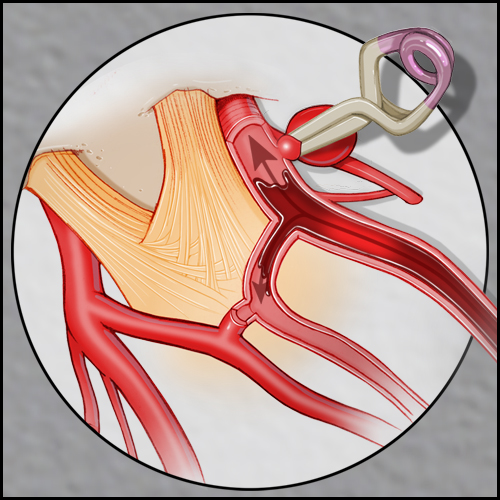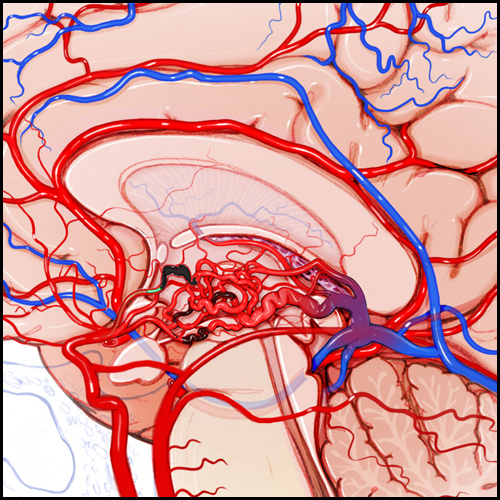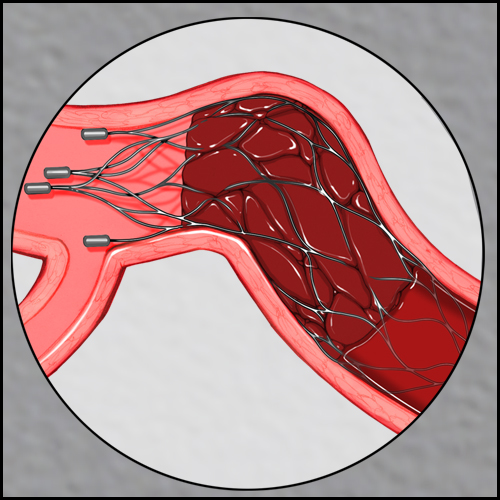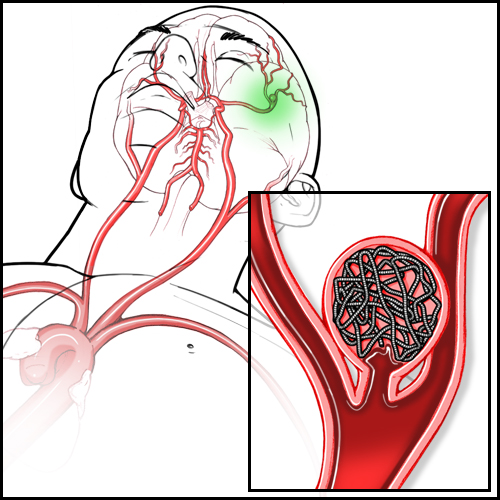
- Augusta University
- Colleges & Schools
- Medical College of Georgia
- Neurosurgery
- Neuroendovascular Fellowship | Neurology
- Neuroendovascular Fellowship Curriculum
Neuroendovascular Fellowship Curriculum
First Year
- Introduction to the neurointerventional suite
- Interventional suite set up
- Radiation and contrast safety
- Diagnostic angiography
- Neurointerventional case selection: : indications for angiography and intervention
- Ischemic stroke
- Hemorrhagic disease
- Head and neck hemorrhage
- Tumor embolization
- Head and neck lymphatic and vascular malformation embolization
- Inpatient periprocedural patient selection and management
- Outpatient patient selection and management
Second Year
Progressive participation in neurointerventional procedures: Fellows will participate in increasingly complex steps of neuro intervention as they demonstrate progressive improvement in aptitude
- Ischemic stroke
- Cervical and intracranial stenting
- Thrombectomy
- Hemorrhagic disease
- Aneurysm coiling
- Vascular malformation embolization
- Head and neck hemorrhage
- Vessel embolization
- Tumor embolization
- Head and neck lymphatic and vascular malformation embolization
Ongoing fellow responsibilities
Clinical
- Prep patient’s for scheduled and emergency procedures including:
- Consent patients and manage periprocedural orders
- Post procedural care and handoff to inpatient team
- Follow post procedure patients to learn the course of illness
- Participate in clinic with the on-call attending
Academic
- Attend weekly grand round conferences
- Present at bi-monthly stroke conferences
- Participate in monthly neurovascular anatomy review conferences
- Attend at least one neurovascular conferences per year
- Present at least one abstract per year
Subspecialty dependent tasks
Neurology
- Telemedicine stroke call
- Inpatient attending
- Neuro ICU introductory rotation
Neurosurgery
- Neurosurgical call including surgical attending
- Open vascular and skull base surgery




